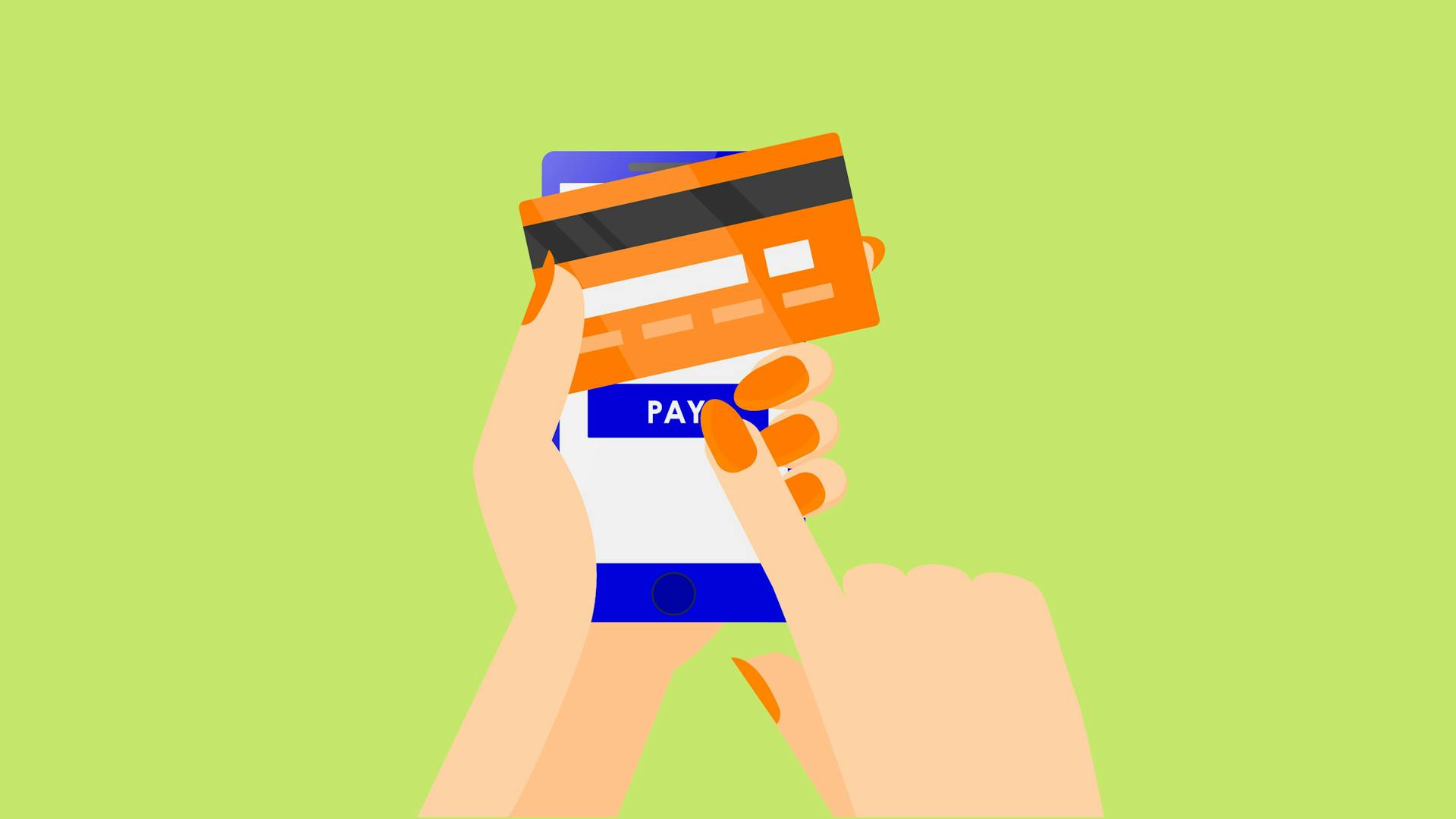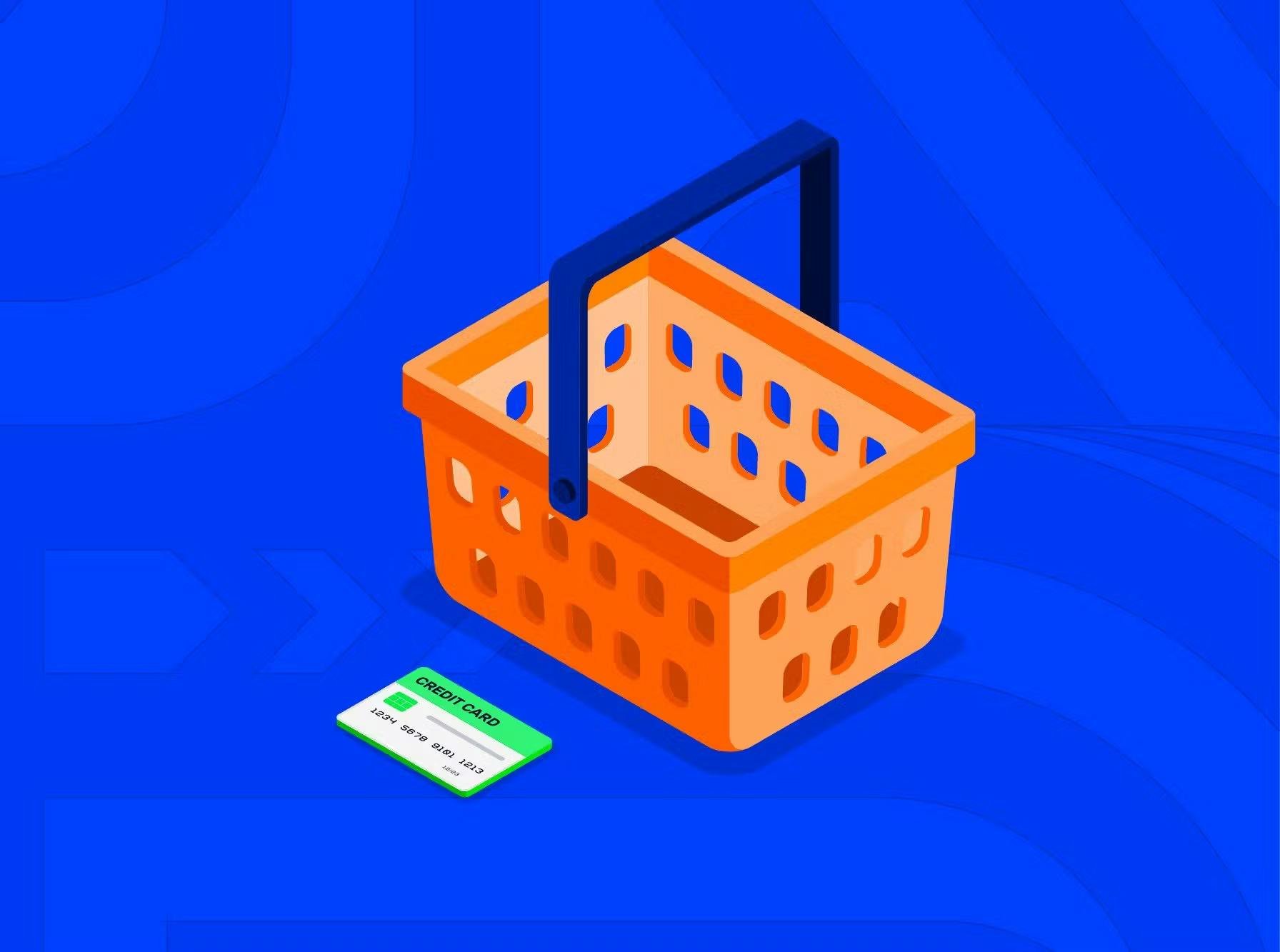You may be confused by a massive portion of head-spinning terms when it comes to the banking sector. All types of business transactions alone can make you hit the panic button. Luckily, you can lay your worries aside. We’ll help you navigate fintech waters safely. Here is a quick overview of the financial transaction types in easy language.
Transaction types explained

Transaction meaning
Before digging any deeper, let’s find out what transactions are. We’ve come up with this easy-to-understand definition: a transaction is an act of buying or selling something. Let’s put it this way – it is an agreement to exchange money at the current moment or in the future.
When you pay for your order, this process is called a transaction. And when you demand a refund, it’s also a transaction. So, payments can be of different types, but there are always the same parties involved in the process.
- Merchant – it’s someone who sells on or offline.
- Buyer – a person who pays for their purchases by card or cash.
- Acquiring bank – a financial institution where merchant’s funds are stored.
- Payment provider – a third-party company like Tranzzo that helps sellers accept and process virtual pays.
- Card brand – a major network such as Visa or MasterCard that licenses bank card programs.
- Issuing bank – a financial organisation that produces debit and credit cards on the network’s behalf.

Now let’s look at how those parties interact with each other. Here is a fundamental procedure that lies at the heart of almost all types of financial transactions:
- when a customer is buying whatever catches their fancy, they initiate a sale;
- whether online or offline, the charge request is sent to the issuing bank through a payment provider;
- the bank checks whether there are enough funds on the client’s account. If everything is alright, the approval code heads straight to the acquiring bank;
- an acquire completes the transaction and transfers money to the merchant account;
- if a seller doesn’t have an account opened in the acquiring bank, that isn’t a big deal. The payment provider is capable of taking those funds and storing them;
- once the transaction is finished, the customer will get their order directly in the shop or by delivery.
By the way, that’s the first and most common type of business transaction that we’ve discussed thus far. It’s a usual charge or, in other words, sale. But charges can be of different kinds. Scroll down to learn more about them.
Transaction types
There is a lot of room for confusion and uncertainty within the e-commerce industry. And no wonder why. Even a usual sale is brought into several categories. It can be:
- Simple and complex. If you buy a hairdryer at the electronic store and pay for it at once, you initiate a simple transaction. But if you buy a device in credit, it’s a complex payment. The transaction is also complex when you have a certificate or a coupon to qualify for a discount.
- Capital and revenue. The former type has a long-term effect on the buyer’s life or business. By long, we mean more than a year, like investing in the company's machinery or furniture. A revenue transaction has a short-term effect. It can be some day-to-day purchases, meaning something that’ll serve for a few days or months.
- One-off and ongoing. When you purchase something, let’s say a laptop, and pay for it at once or upfront, it’s a one-off payment. But if you subscribe to a music platform, and the service charges you a certain sum monthly, it’s called an ongoing transaction, also known as recurring billing.
Recurring payments
These days subscriptions are a red-hot payment model as they save clients the trouble of filling in their sensitive data over and over again. Recurring transactions are initiated by customers who want to receive products or services regularly and agree to be billed for them automatically.
Buyers turn thumbs down on time-consuming checkouts – and that’s an indisputable fact. Thus, merchants should make sure their customers can use the recurring billing option to their advantage. And Tranzzo can help you out. If you provide repetitive services like disposable supplies, magazines, books, drugs or whatever, go for our solutions and boost your clients’ loyalty. Add recurring payments on your website for free. Any additional pays for registration, support or anything in-between aren’t required.
Refund vs chargeback
Refunds don’t appear out of thin air. Most of the time reasons come down to the wrong size, colour or entirely different product sent. If a buyer receives a defective order, that can also trigger a refund. In that case, a seller should return money partially or fully, depending on the issue.
Business owners are recommended to nail down their refund policy to stay away from returns. That’s the best line of defence. Make sure your clients know about return cost (if any), receipt policy, damaged item policy, product condition requirements, replacements, exchange and processing time. Just for the record: 95% of shoppers say that they’ll buy again if the return process is satisfied.
Merchants who don’t give the client’s money back are likely to be exposed to a chargeback. The process looks like this:
- a customer contacts their issuing bank to file a chargeback;
- the bank informs a card network and an acquirer to address the issue;
- then the charge data is forwarded to the merchant through the payment gateway, saying that they have to cover the demanded sum coupled with chargeback fees.
How is a chargeback different from a refund? A seller is obliged to pay back no matter what. Actually, a bank itself can debit the required sum from the merchant’s account. Read more about all the nitty-gritty details of the chargeback procedure in our article.
Sure thing, merchants can dispute chargebacks. And they should do it if they see the friendly fraud is taking place. It’s when buyers report fraudulent transactions to batten on sellers. To stave off the worst and minimise chances to be taken to the cleaners, you need a reliable payment provider like Tranzzo by your side.
First off, we comply with the 1 level of the PCI DSS security standard. That enables us to safely process over 6 mln transactions a year. Tranzzo also leverages a broad spectrum of anti-fraud tools. By using 3DS, KYC verification and our own anti-fraud system, we eliminate the risk of any suspicious operations. Learn more about our security solutions by the link.
Void transaction
Before the client’s account is cleared, a transaction can be reversed. When a merchant notices the mistake or a customer changes their mind, they both can cancel the payment. And that’s called a void transaction.
Many online traders add this functionality to their stores so that buyers can cancel their purchases within a specific time (on average, it's 24 hours).
Final say
Should you consider online payments for your business, Tranzzo can be your perfect match if security, innovative technologies and timely assistance are among your top-of-the-range priorities. Besides, we offer many billing solutions for your store: Apple/Google/Telegram Pay, card and recurring payments, online invoicing for those who sell on social media, and many more.
 Most Popular Payment Methods in the World: Analysis by Markets
Most Popular Payment Methods in the World: Analysis by Markets How to Increase Conversions in an Online Store with a Checkout Page
How to Increase Conversions in an Online Store with a Checkout Page How Tranzzo Simplified the Payment Process for Tickets.ua
How Tranzzo Simplified the Payment Process for Tickets.ua Integrating Multiple Payment Methods: Challenges and Solutions
Integrating Multiple Payment Methods: Challenges and Solutions Abandoned Shopping Carts: Why Businesses Lose Revenue and How to Increase the Number of Successful Payments
Abandoned Shopping Carts: Why Businesses Lose Revenue and How to Increase the Number of Successful Payments

